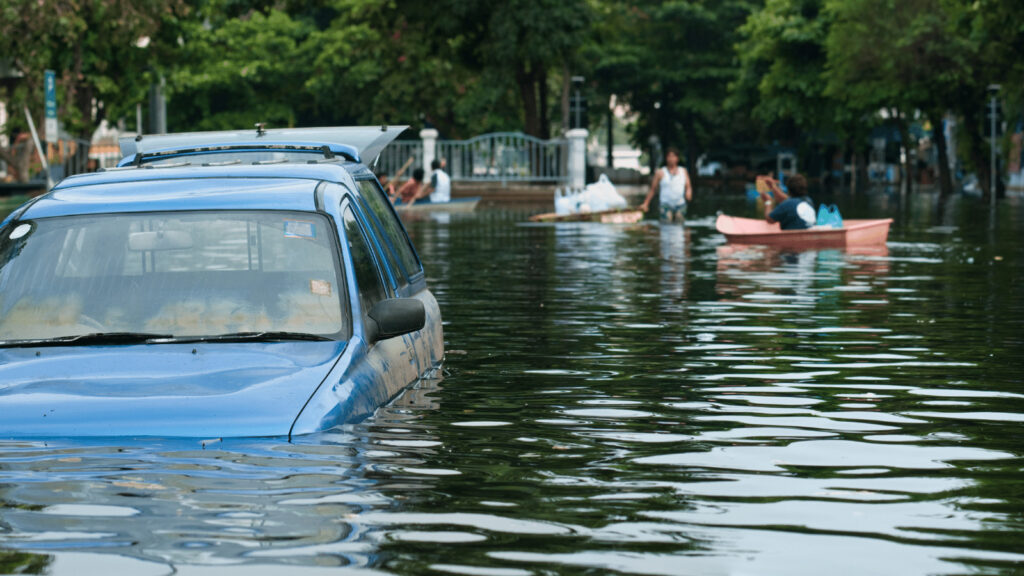Many Asian coastal cities are drowning due to sea-level rise. This is a harsh wake-up call for each of us.
The rate of sea-level rise is accelerating. Globally, sea levels are estimated to rise 1.1 metre by 2100, if countries are not able to restrict emissions, according to a report by the Intergovernmental Panel on Climate Change (IPCC) on September 25, 2019. In Asia, coastal cities are at high risk from rising sea levels and intensifying storms. Approximate 600 million people, mostly live in low-lying coastal regions in Asia, are at risk of flooding due to sea level rise. Some of the areas at risk of flooding are economic centers with significant gross domestic product (GDP) (source : World Ocean Review, 2020).
RELEVANT SUSTAINABLE GOALS



TROPICAL ASIA AND INEVITABLE IMPACTS ON SEA LEVEL RISE
According to the latest report from Greenpeace Asia, at least 15 million people and 1,829 square kilometres land in seven Asian cities will be affected by extreme sea-level rise and coastal flooding, by 2030. An estimated $724 billion in Gross Domestic Product could be impacted due to extreme sea-level rise and coastal flooding by 2030.
The report, titled The Projected Economic Impact of Extreme Sea-Level Rise in Seven Asian Cities in 2030, analysed cities that are economic centres and are located on or close to the coast. The seven cities are: Bangkok, Hong Kong, Tokyo, Jakarta, Seoul, Taipei and Manila.The analysis is one of the first of its kind to use high spatial resolution data to suggest the areas of each city that are at risk from floods.
Major findings of seven Asian cities :
- More than 96% of Bangkok’s land area could be flooded should a 10-year flood occur in 2030, including high density residential and commercial areas in the city center.
- The analysis projected that in Hong Kong, extreme sea-level rise and any subsequent flooding in 2030 could put $2.24 billion of GDP at purchasing power parity and 90,000 people at risk.
- Approximately 3 per cent of Seoul’s land area is below the level to which sea water could rise by 2030. The report suggested the affected areas would mainly be residential and agricultural, leading to $4.69 billion of GDP at purchasing power parity risk and put 0.13 million people at risk.
- Jakarta faces a dual threat from both sea level rise and sinking. Almost 17% of Jakarta’s total land area is below the level to which sea water could rise should a 10-year flood occur in 2030, leading to a potential GDP risk of US$68 billion.
- Low-lying areas in eastern Tokyo, including the Koto 5 Wards (Sumida, Koto, Adachi, Katsushika and Edogawa), are particularly vulnerable to rising sea levels. US$68 billion in GDP is at risk from coastal flooding in Tokyo in 2030, or 7% of Tokyo’s total GDP.
- In Taipei, Taipei Main Station, the most significant transport hub in northern Taiwan, is at risk of flooding, as is the historic Datong District. An estimated 24% of Taipei’s total GDP could potentially be affected.
- Almost 87% of Manila’s land area is below the level to which sea water could rise, should a 10-year flood occur in 2030. Up to 1.54 million people and a total of US$39 billion could be affected.
The report urged for faster and more ambitious climate action; especially for governments to commit to achieving ‘net zero’ by 2050. All in all, this is the fact we must not ignore. not anymore.
The article was initially published on 25th July 2021.


